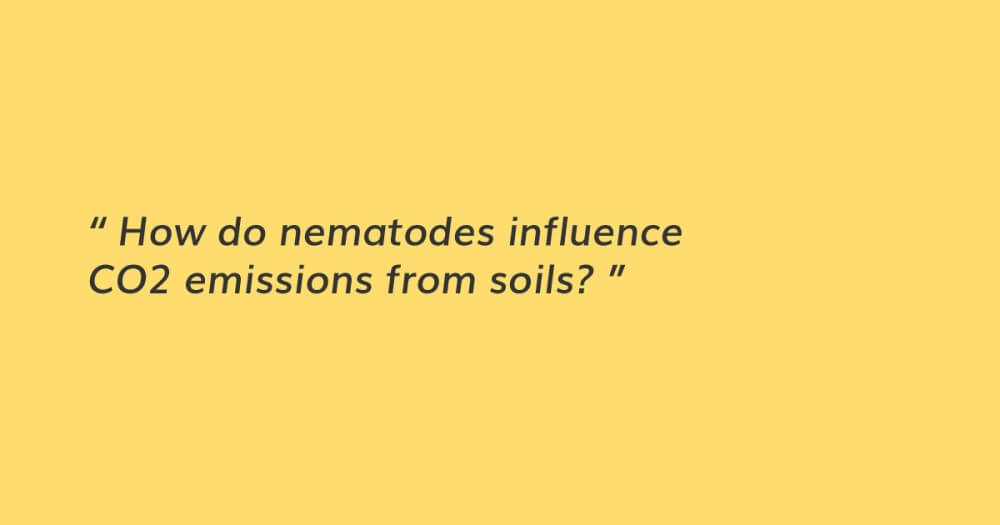By Crowther Lab

The previous estimate was approximately three times smaller. Moreover, as nematodes are also found in environments that we did not include in our study, such as deeper soil layers or aquatic ecosystems, the total number of nematodes on the planet will be even greater.

Soil is an important — and often neglected — element of the climate system. It is the second largest carbon store, or ‘sink’, after the oceans, with healthier soils able to store more carbon.
However, until now, our ability to incorporate soil biological activity into climate models was hampered by a lack of even a basic understanding of the distribution of life below-ground. With our dataset and modelling approach, we were able to generate high-resolution maps that show the actual abundance of soil nematodes. Nematodes have a central role in the soil food web and regulate the activity of many other soil organisms, and are therefore an excellent indicator for the functioning and health of soils.

Nematodes are extremely important in the functioning of our world’s soils. Nematodes regulate the abundance and activity of countless other organisms in the soil food web, thereby influencing the rate in which organic matter is processed in the soil. In regions where the activity of nematodes is restricted by low temperatures, i.e. sub-arctic tundra and boreal forest soils, warming is likely to result in increased soil nematode activity, leading to higher carbon emissions from these soils.

Nematodes feed on bacteria, fungi, plant material and even other nematodes and by doing so they regulate the abundance and activity of the countless other organisms in the soil food web, thereby influencing the rate in which organic matter is processed in the soil. During this degradation of organic matter, soil organisms respire CO2 into the atmosphere.

Within similar environments, greater soil nematode abundances will generally support higher biodiversity and increased ecosystem functioning (e.g. plant growth). This does not mean that soils in the arctic are more productive than in the tropics, but on regional scales soil nematode abundance can result in healthier soils. The information we generate can inform landowners which soils to protect and which soils to regenerate to support a healthy soil community.

The abundance of soil nematodes is strongly driven by soil characteristics, such as organic matter content, pH and nutrient availability. In contrast, above-ground animal abundance is driven by climate conditions; more animals are found in temperate and tropic ecosystems than in the arctic.
